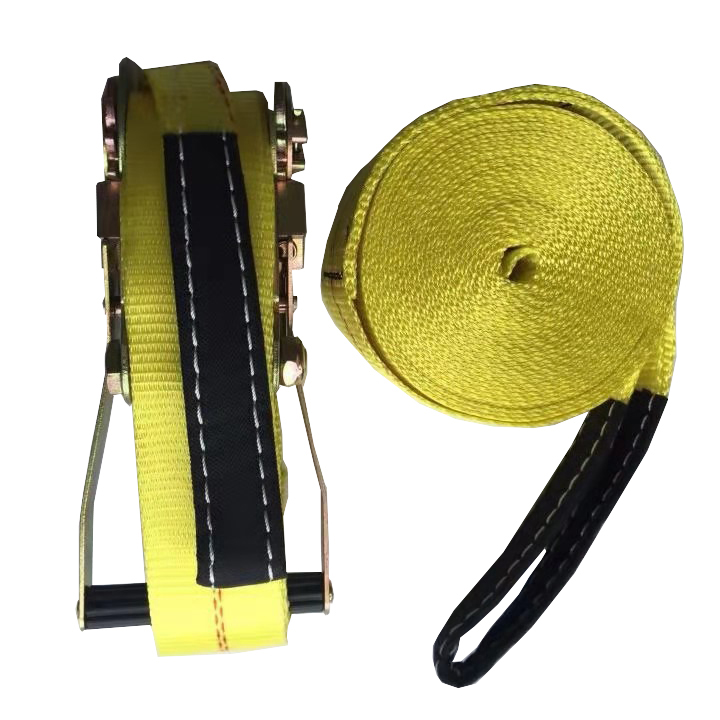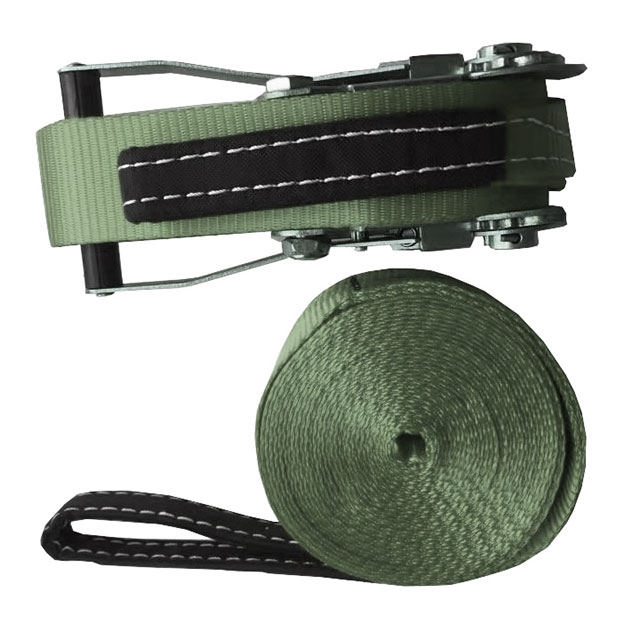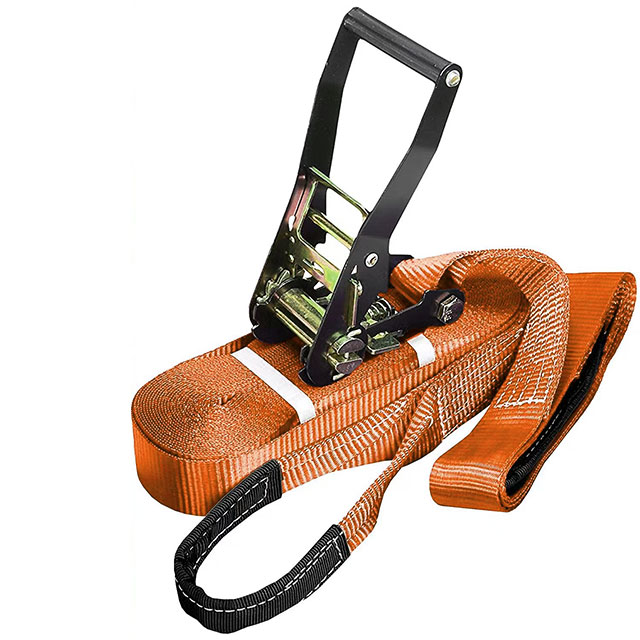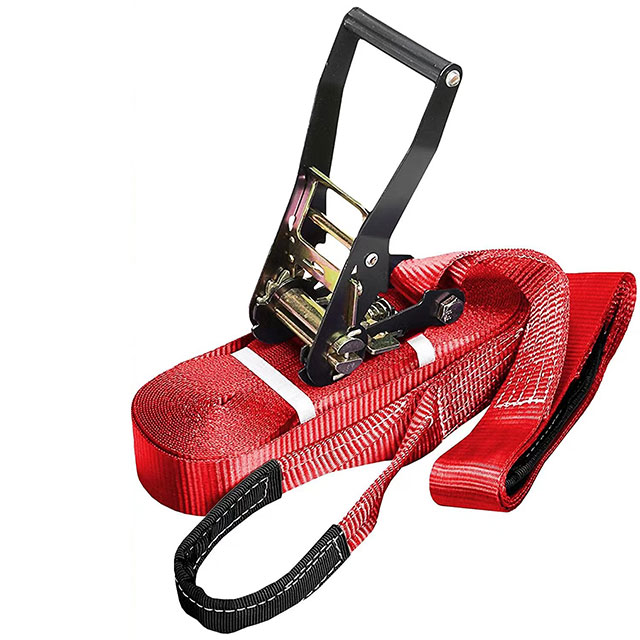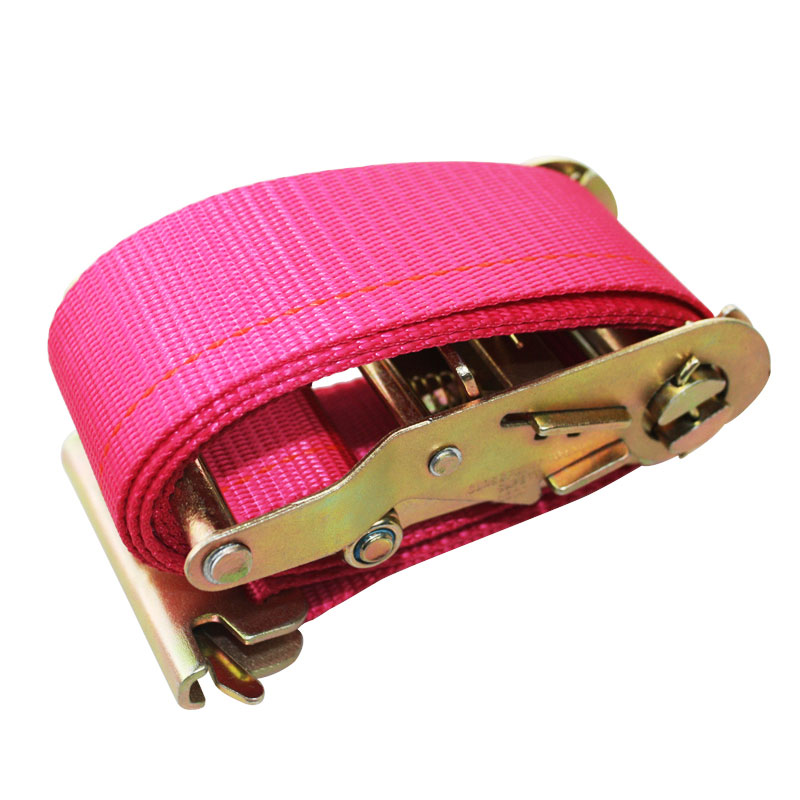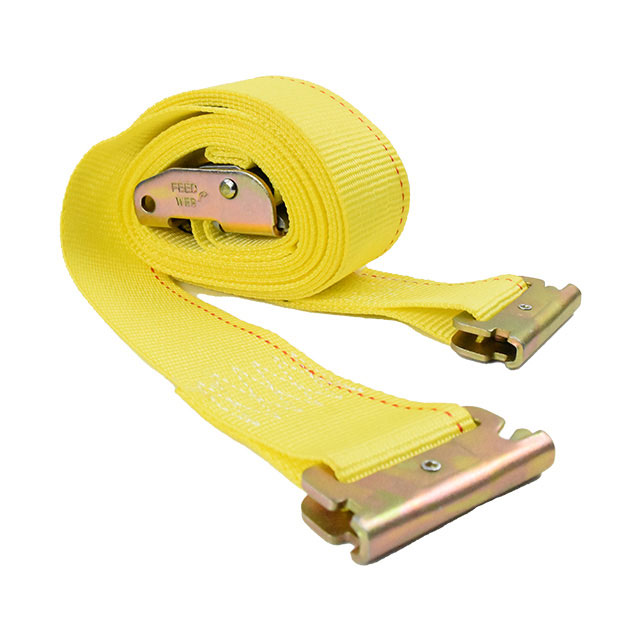Application Of Diy Indoor Slackline
Application Of Diy Indoor Slackline
The possibilities are endless when it comes to indoor slackline. You can use it to improve your balance, coordination, and core strength. You can also use it for a challenging workout or as a fun way to spend some time with friends.
Slacklines can help improve a person's balance and coordination, and they can be used both indoors and outdoors. Inexpensive and easy to set up, they're a handy choice for DIY beginners. Here are some suggestions on how to use slack rope in your training space:
1. Use it as a balance beam: Hold the elastic at waist height and practice walking along the line, keeping your body as straight as possible. You can also try lunges, side steps, and other moves that challenge your balance.
2. Create an obstacle course: Set up multiple slacklines at different heights and angles to create an indoor obstacle course. This is a great way to work on your agility and coordination.Add some cones or other objects that you have to maneuver around while walking on the slackline. This will help improve your agility and coordination.
3. Use it for strength training: Attach resistance bands or weights to the slackline to turn it into a makeshift pulley system. This is a great way to add some upper body exercises into your routine.If you attach a TRX or other suspension trainer to the slackline, you can use it for all sorts of bodyweight exercises like rows, tricep dips, and more.
There are endless possibilities for how you can use a slackline indoors – get creative and have fun!
Buy the DIY Indoor Slackline Method
The DIY Indoor Slackline Method is the most comprehensive indoor slacklining guide available, period. It provides step-by-step instructions, photos and illustrations, for building an indoor slackline setup that is safe, fun, and will last for years.
The indoor slackline is a great way to have fun and stay in shape during the winter months. By following the instructions in this guide, you can easily set up your own indoor slackline in your home.
What You'll Need:
-A length of flat webbing, at least 2 inches wide (this can be purchased at most hardware stores).
-Two anchor points, such as posts or doorframes, that are sturdy and at least 6 feet apart.
-A ratchet strap (optional).
Instructions:
1. Choose two anchor points that are sturdy and at least 6 feet apart. Doorframes or posts work well. If using doorframes, make sure they are not loose in their frames. If using posts, drive them into the ground so they are secure.
2. Wrap the webbing around one of the anchor points and thread it through itself to form a loop. This loop will be where you stand when slacklining.
3. Take the other end of the webbing and wrap it around the second anchor point.
The guide includes detailed instructions and photos for each step, so you can be confident that your slackline is set up correctly. It also includes tips for getting the most out of your slackline practice, so you can start improving your balance and coordination right away.
About diy slackline
DIY slackline refers to the process of making a slackline by oneself using materials such as webbing, ratchets, pulleys, carabiners, and cordlocks. Slacklining is a sport that involves walking or balancing on a suspended webbing that is tensioned between two anchor points. Making a DIY slackline can be an affordable and enjoyable way to get involved in this sport.
To make a DIY slackline, one needs to measure the length of the webbing, cut it to size, and attach the anchor points using ratchets, pulleys, or other tensioning devices. It is important to ensure that the slackline is securely anchored and properly tensioned before attempting to use it. Beginners are recommended to use a short and low slackline and to have a spotter or experienced slackliner present.
Diy Slackline Stand
How do you make a homemade slackline?
Slacklining is an increasingly popular sport that can be done for fun and fitness. It is a great way to challenge yourself and practice balance, coordination, and core strength. If you want to get started with slacklining but don’t want to invest in an expensive kit, making your own homemade slackline is a great option.
How do you anchor a slackline without trees?
Slacklining is a popular activity for those looking to relax, stay active, or just have some fun outdoors. It can be done almost anywhere, but it is often difficult to find suitable trees or other structures for anchoring the slackline. In this article, we will discuss the various ways you can anchor a slackline without trees. We will look at what materials and tools you need, how much time and effort it requires, and any other considerations when choosing an anchoring system.









